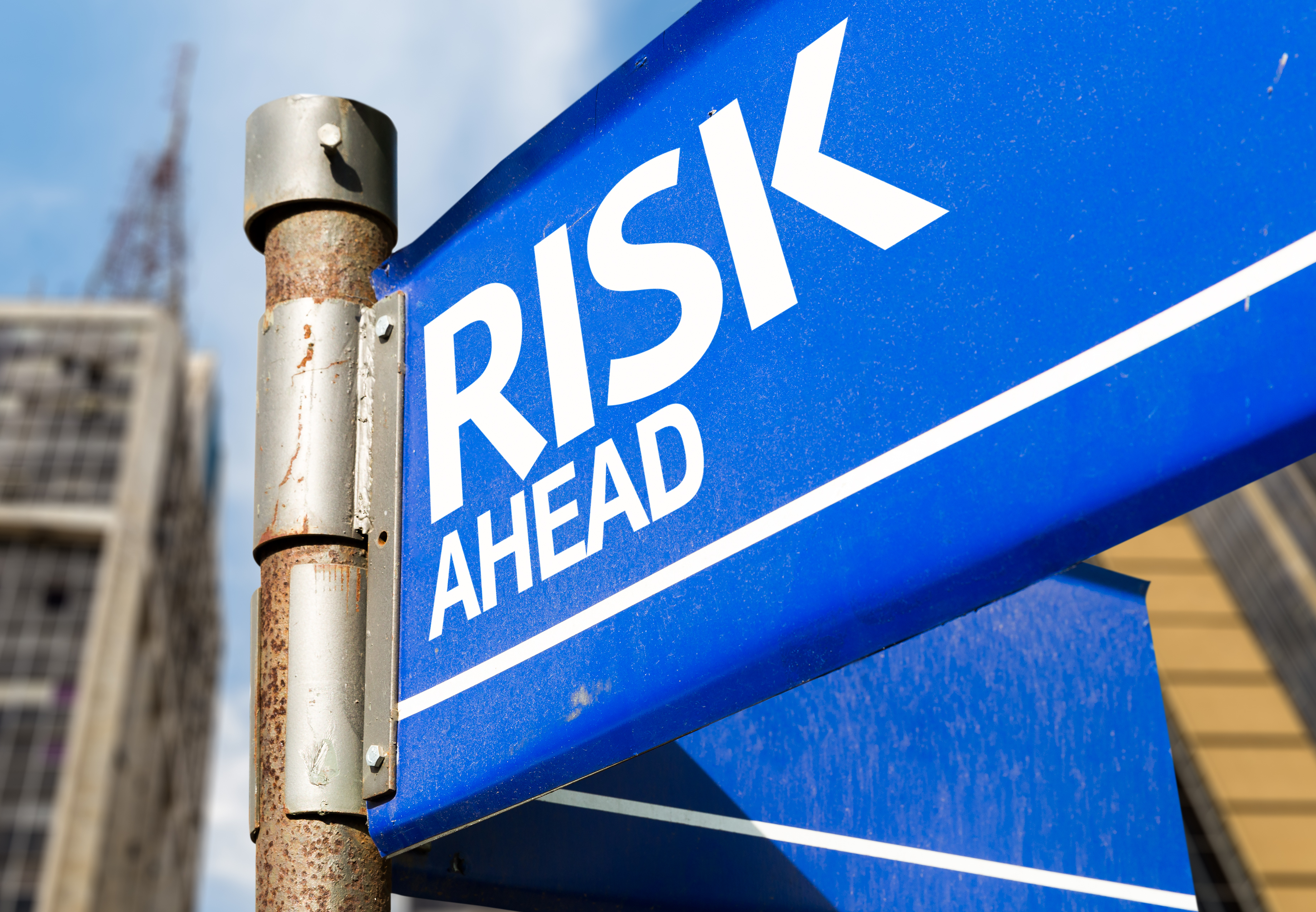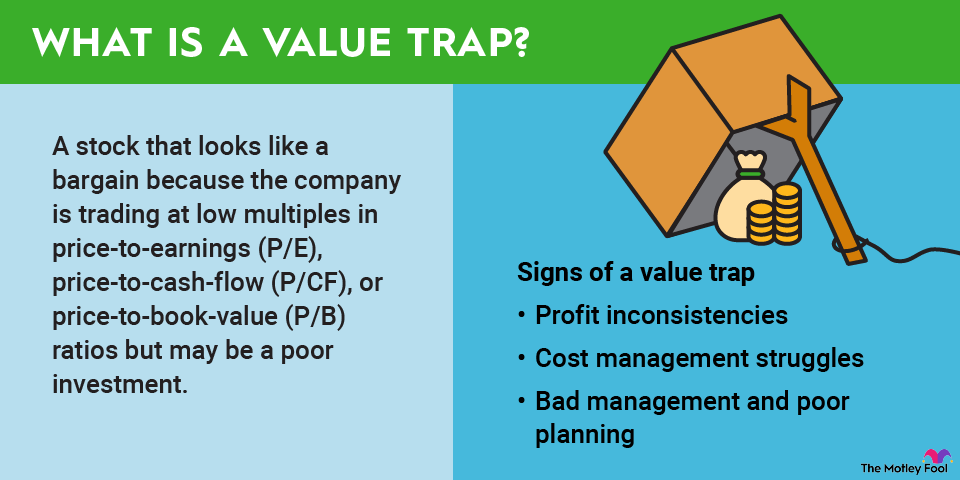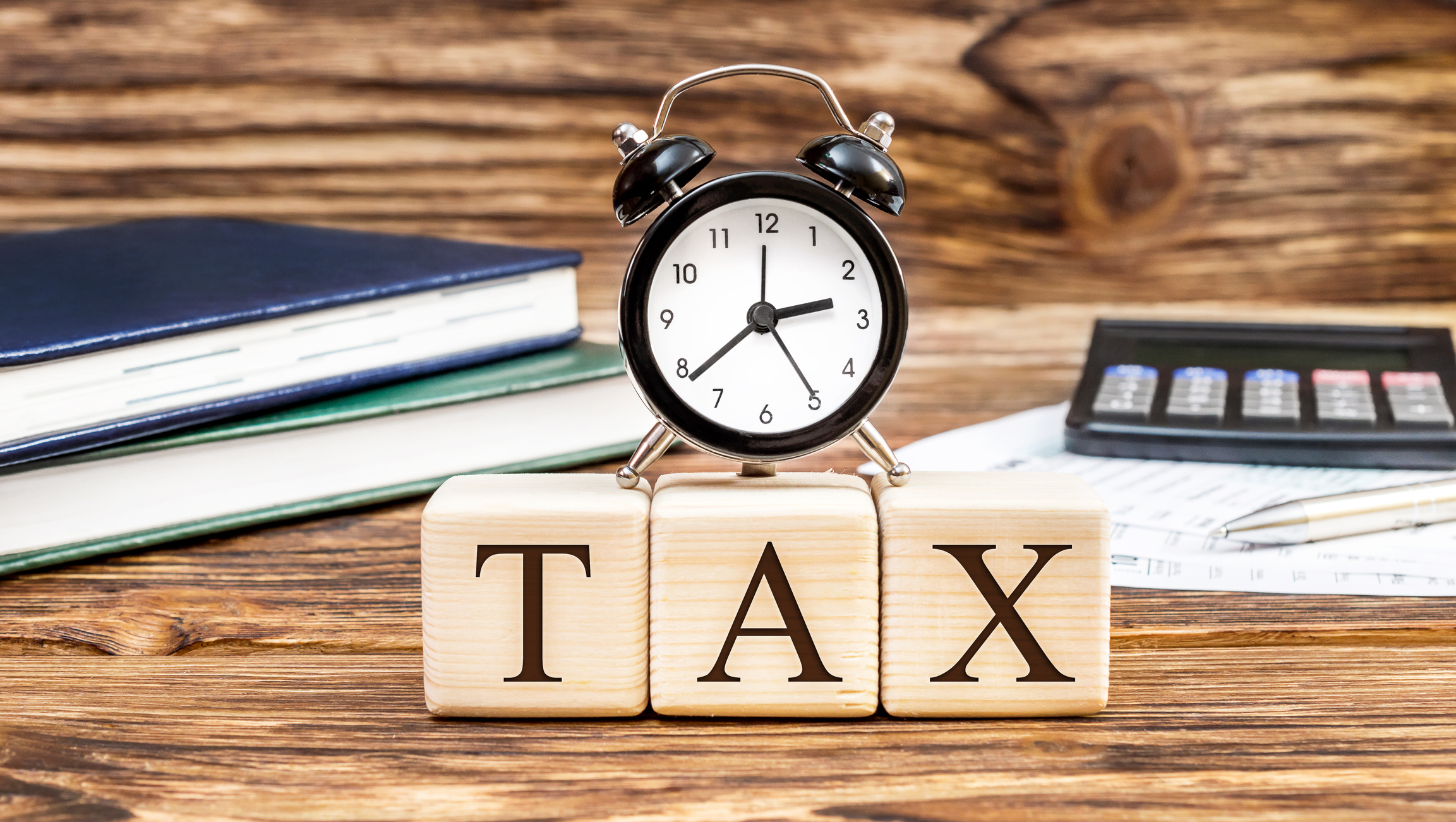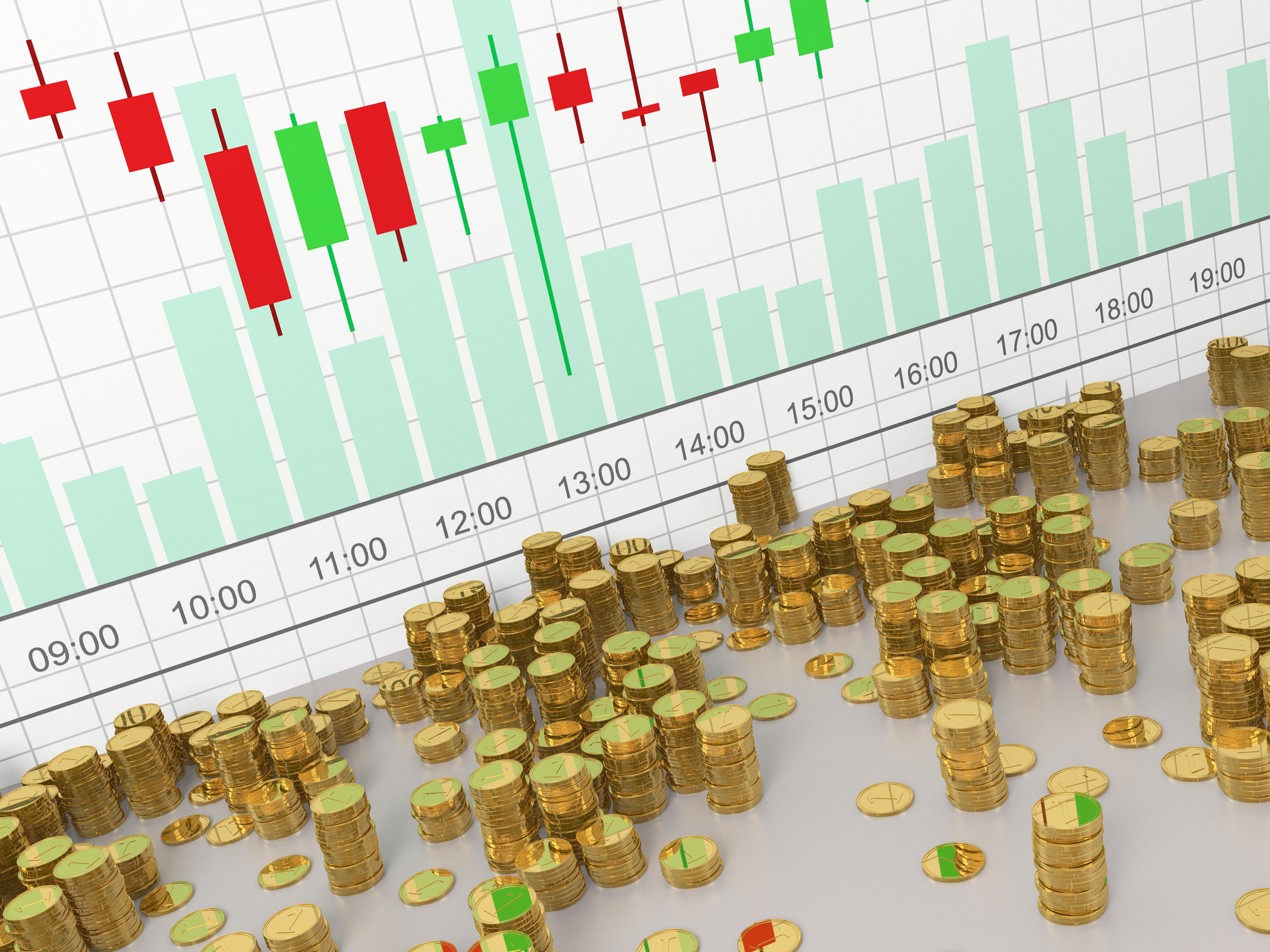Buying stocks and building a portfolio always comes with risk – but often, that risk is unspecified. For some people, who need to know more about what they're putting on the line, a statistic called value at risk (VaR) can help them better quantify what's at stake. Read on to learn more about this value.

What is value at risk (VaR)?
Value at risk is a statistical model that helps financial experts and serious investors better understand the risk they're facing with their investments. You can model value at risk for whole portfolios or individual stocks.
Value at risk can be helpful information for retail investors who are good with math, but it's crucial for larger institutions that need to be able to keep sufficient capital reserves on hand to cover major losses.
VaR methodologies
There's no single way to model value at risk, but there are three main methodologies that are generally used:
Historical method
The historical method is the most basic method, and relies on past data to inform future performance. Even though that's not always the case, it is the easiest to model, since it only relies on known information, and doesn't make any other assumptions that the investment will continue in the same pattern.
Variance-covariance method
Also known as the parametric method, the variance-covariance method assumes that gains and losses follow a normal distribution and expresses potential losses as events measured in standard deviations from the mean. So, rather than rely solely on historical data, this statistical model will assume wins and losses along a normal distribution pattern, also known as a bell curve, on which the historical patterns are overlain to model possible outcomes.
Monte Carlo method
You can also use a Monte Carlo simulation to model the value at risk of a given investment or portfolio. Using computational models, random possible projected returns are simulated hundreds or thousands of times and the results are then used to calculate the value at risk according to the worst-case scenarios.
Components of value at risk
Value at risk calculations can be very complicated, but they have just a few major components:
- Time horizon. The time horizon influences how sensitive the VaR is to market movements, and can be any range of time that you want to examine.
- Confidence level. Expressed as a percentage, the confidence level is how certain the model is about the outcome. For example, a 95% confidence level with a VaR says that there's a 5% chance that the loss will exceed the calculated VaR, but a 95% chance that it will be within the model.
- Volatility estimation. You have to know how much uncertainty to include in your model; that's where the volatility estimation comes in. This is often determined by other statistical models.
- Return distribution. Often, a normal distribution (a bell-shaped curve) is assumed with VaRs, but any kind of return distribution can be possible in a model – and more importantly, in real life.
Related investing topics
Pros and cons of using value at risk
The value at risk model is used widely, but it's not always the best tool. Even though it's easy to understand, and can be applied to a wide range of situations and assets, it can also be overly simplistic and doesn't take into account dozens or hundreds of forces that exert pressure on investments that are difficult to control or account for.
This is why you should use value at risk along with other models to decide if an investment is something you're comfortable pursuing, or if the risk is worth the potential reward. Over the very long term, good companies tend to win, and bad companies tend to lose, but for a more granular look at your stock portfolio, or for shorter-term risk management, it's a tool that's certainly got some value.















